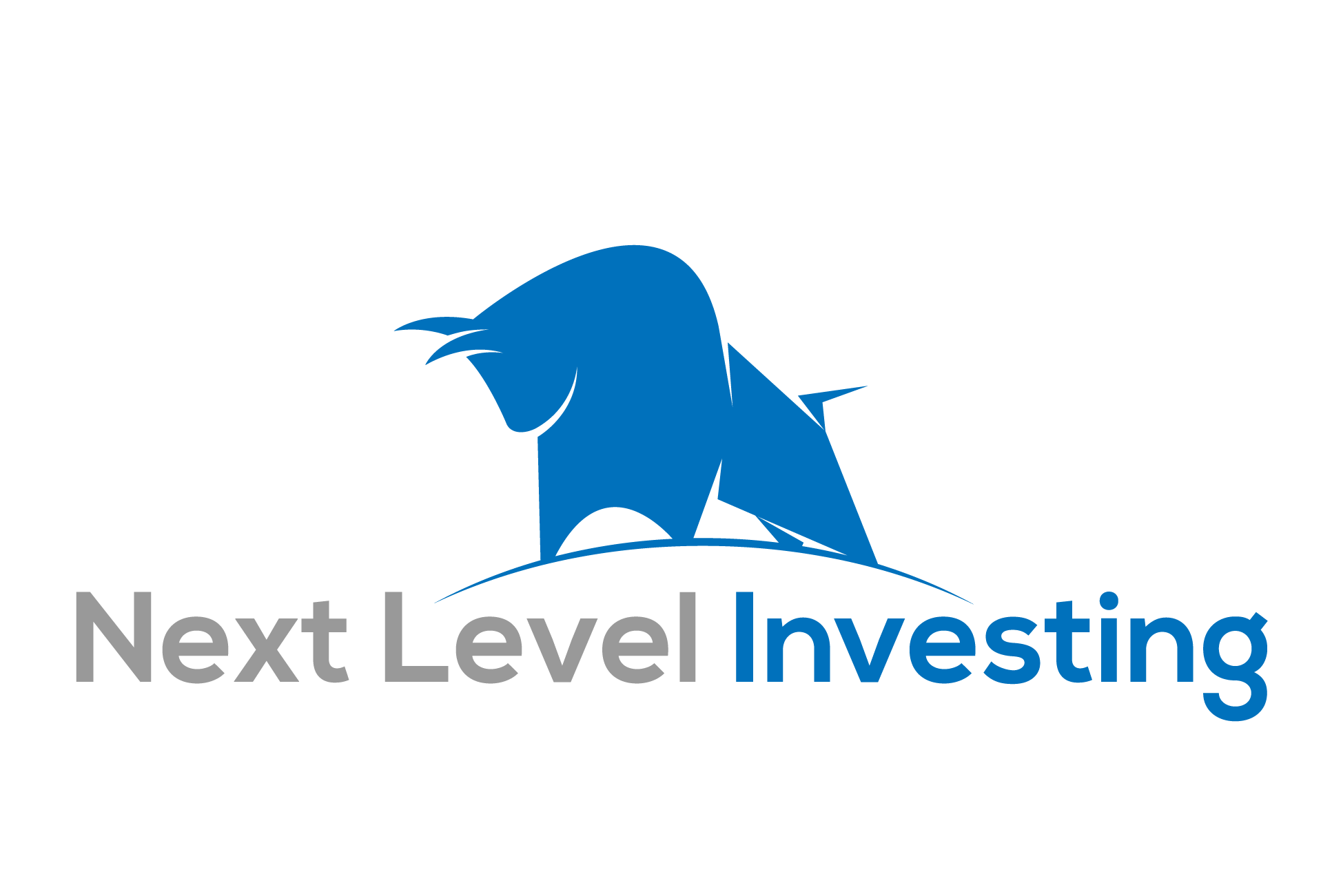In December of 2017, Mohnish Pabrai gave an amazing value investing lecture to the students of Pecking University. He has a gift for making something as complicated as investing (can be) and breaking it down into an extremely simple process. He is a master at understanding what his ‘Circle of Competence’ is, and only making investments that seem very likely to make him money in the future. We can learn a lot by following his practices.
His motto is ‘Low downside risk, high upside potential’. This tends to fly in the face of what modern portfolio theorists and ‘professional investors’ tend to believe. Which is; ‘in order to get a higher return, you need to take a higher risk’.
This is both fundamentally and logically untrue, and Mohnish shows us why that is in this video. The best way to get a higher return is not to take on more risk, it’s done by being as certain as possible that the investment won’t lose you any money.
How do we do that? Buy when a great business goes deeply on sale, then wait until it goes back above its fair value. Here’s an excerpt from the video explaining exactly how Mohnish decides to make an investment, breaking it down to a few key elements.
“We have to do what I would call anomalies, we have to look for strange things that show up once in a while. They don’t show up all the time. We have to be scanning the horizon and doing that. Once in a while something will show up that makes a lot of sense, and then you act on it. [Sounds simple right?]
I’ll give you an example. A few years back someone sent me a write-up on a steel company. The economics of this company was that the stock price was around $40 a share or $45 a share. They had $15 a share in cash, no debt, and they have contracts where their earnings are $15 a share for the next two years. [$15 + $15 + $15]
So, between the cash and the next two years of earnings, you’re paying $45, and you get the $45 back in two years.
But you still have the company and the plants and everything else. After two years, there’s no visibility into what’s gonna happen. It’s a cyclical business, so I said ‘okay, we’re going to make the investment’. We’re going to keep it for two years and see what happens.
One year goes by and they say another two years [of earnings] at $15 a share. So, one more year is set. The stock is now at $75. So now it’s $60 for $15 [cash] plus three years [earnings at $15 a share] equals $60. We are now above our cost. Then they announced one more year $15 [a share in earnings]. Now the stock is at $90. It’s doubled and then I’m thinking I should sell and whatnot. Then they announce someone is buying them for $150! I don’t even wait for the deal to close. The stock goes to $150, I sell it. So I don’t need a lot of horsepower [Brainpower] to figure that out. It was easy to figure out but it doesn’t happen every day.”
Mohnish Pabrai
You can see where his head was at when he made the investment decision. He saw the $15 a share in cash, zero debt, and contracts for the next two years that would earn $15 a share each year. He did the simple math and found that the investment was a no brainer. Why? Because in only two years time, his original investment in the company at $45 dollars would be essential made in that time.
This is where it really helps to think like an owner of the business. Every share you buy means you own that business and you should mentally treat it that way. It’s exactly what Pabrai did. He saw that cash, and those earnings as if he owned the entire business. If he did own the business, then that would be his cash, and those earnings would be paid out to him to do with as he saw fit.
This is how we need to look at the companies we want to buy shares in. We need to see buying shares as if we own the entire business, and therefore, treat it as such. This helps us look at investing differently. We’re not just buying a piece of paper at a certain price hoping that the price will increase so we can sell it at a profit. We’re buying a business, with real earnings, cash flow, and employees. We want to see that business succeed, and most importantly, we never want to pay full price to own it.
Anyway, that’s enough rambling from me. I’ll let Mohnish Pabrai take over and start teaching the lessons. Enjoy, and let me know what your favorite lesson was in the comments section below.




Leave a Reply
Get in the Conversation, Share your opinion.